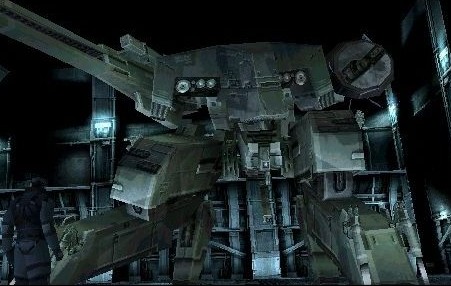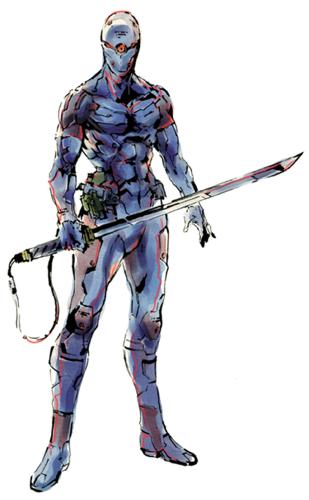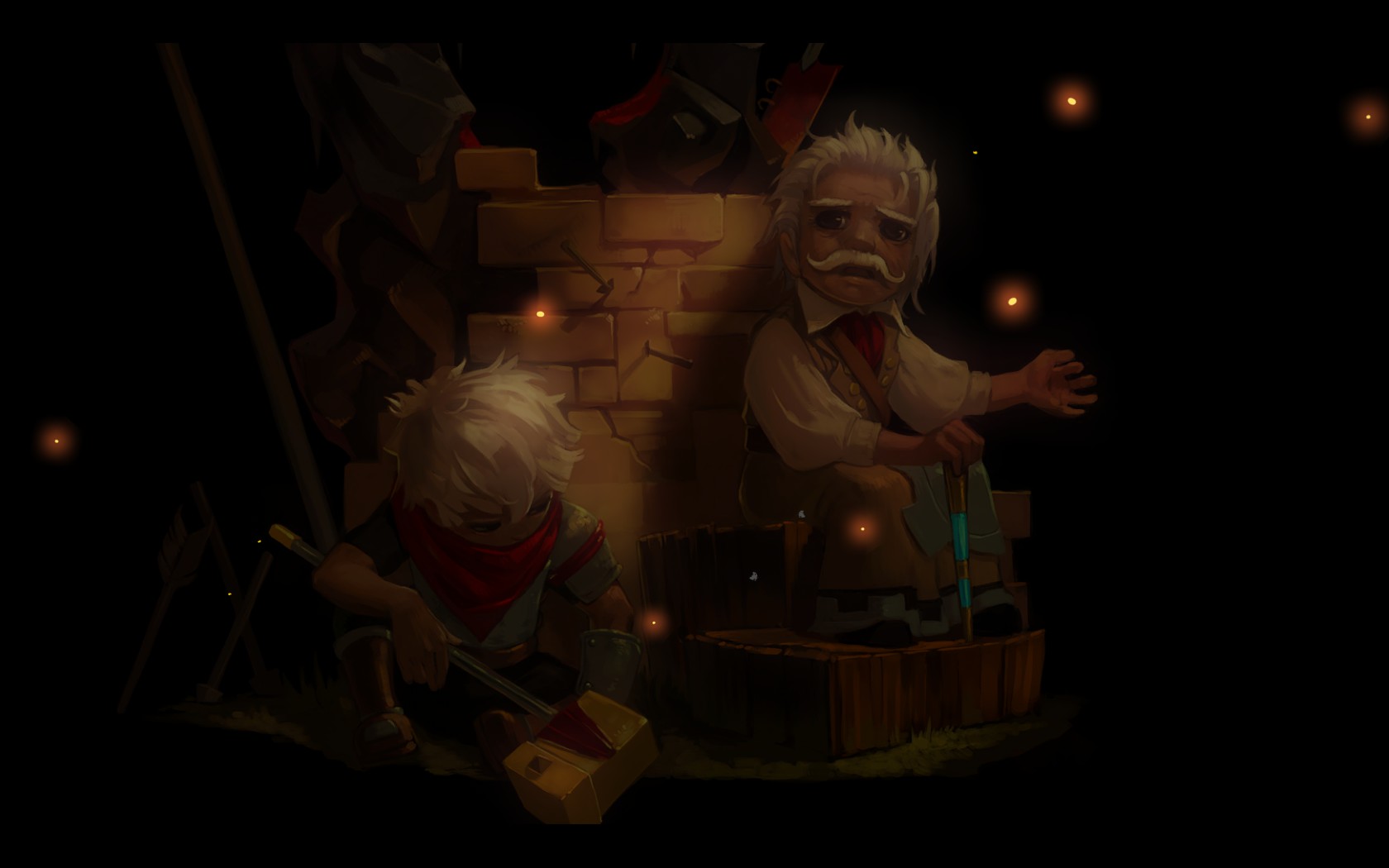Ok internet crazy news, I have managed to score a press pass for Thursday and Friday of the Eurogamer Expo; one of the biggest gaming expos this side of the Pacific. As a result I've decided to spend the month leading up to it doing some gaming posts because cool kids love gaming.
 |
| Gamers are Badical dude! |
With this in mind I'd like to talk about a series of games which is currently celebrating it's 25th anniversary. That series is Metal Gear (or more specifically Metal Gear Solid). Like many people from my generation I played the original Metal Gear Solid on the PlayStation when I was barely into my teens. My dad was a touring sound engineer at the time and had just finished a month long tour with Howard Jones. He had spent a lot of time wasting hours on the road playing Wipeout with various band and crew members so upon returning home he decided he wanted to keep on playing and bought a Sony PlayStation under the guise of buying me it as a gift (back in the 90s normal adults didn't play computer games, they were for kids). To balance things out he also bought my sister a cat. That cat is still very much alive and kicking, the PlayStation sadly is not. It was the first console I had ever owned and I was super excited when he took me to Electronics Boutique to go and pick it up. He decided to go for a bundle that came with two controllers, a memory card and two games, Dad got Wipeout and told me I could pick the other one. I was momentarily paralysed with excitement. Up until this point my gaming life had largely consisted of watching my friend John play Mega Man X - A game we would later 100% complete in one sitting as older teenagers, taking it in turns to eat and catch a few hours of sleep - and the occasional arcade outing on holidays to France. Now I was not only about to own a cutting edge gaming console but also get to pick a game. After much deliberation I came across a game with the words "YOU ARE SNAKE, A GOVERNMENT AGENT ON A MISSION TO REGAIN CONTROL OF A SECRET NUCLEAR WEAPONS BASE FROM TERRORIST HANDS..." emblazoned across the back. It also featured in game 3D screen shots of what appeared to be a robot ninja and a man taking on a tank alone. It also apparently featured animated blood, gore and violence as well as mature sexual themes. To my partially formed nerdy teenage mind it appeared to be the most bad ass thing since the X men. I picked it and so began a love affair that has lasted to this day.
 |
| Unfortunately the above arrow and circle were not included |
Metal Gear Solid: Story, Sneaking and HOLY SHIT THAT ROBOT IS HUGE AND HAS A RAIL GUN THAT FIRES NUKES
At this point Metal Gear Solid is an undisputed classic of early generation gaming. It has also somehow survived the ravages of time which is more testament to its genius than anything else. As a young nerdy teenage boy it also delivered everything I wanted it to whilst still being ground breaking and narratively complex. Metal Gear Solid was the first time I had ever seen a cut scene or for that matter, characters talk to each other for longer than a few minutes but it never seemed to become dry or bogged down by the weight of its own story (an issue with many of the later titles). The gameplay was fun, the soundtrack was immersive and the boss fights were well paced and climactic.
Thinking about it the main thing that defines Metal Gear Solid and the series over all for me is the way it simultaneously appeals to the inner child whilst being driven by a deeper more adult story. Metal Gear Solid 1 for example is a story about two brothers bred by the military as weapons without their biological father's consent who will ultimately have to kill each other because they happen to be on two sides in a war their dad devoted his life to preventing and failed. While other games would drown you in sorrow by endlessly focusing on the WAR IS HELL aspect of this story Hideo Kojima throws in a BADASS WALKING TANK WITH A RAIL GUN:
A CYBORG NINJA WITH SHADOWY INTENTIONS.
And a CRACK TEAM OF SPECIALIST KILLERS
Although the core stories of all 4 Metal Gear Solid games are arcane and quite depressing they are told with such a sense of anarchic joy that the sting of sadness gets lost under Kojima's bold brush strokes leaving only a residual tang of melancholy which only enhances the game's narrative flavour.
Metal Gear Solid was also the first game for me that turned shoot the dudes into only shoot the dudes sometimes, a step that made run and gun gameplay a much more satisfying and strategic 'sneak and shoot' affair. This play style has stayed with me throughout my gaming years to the point where my skyrim character is a stealth archer; I'm shooting at dragons with a bow and arrow in a world where people can shoot fireballs out of their hands and shout people off cliffs because of MGS1. Why? Because it's cooler that's why.
Sons of Liberty: Raiden Against the Machine
So first things first let me get this straight. I don't really like Metal Gear Solid: Sons of Liberty. Raiden as a main character doesn't really do anything for me. It is however filled with themes of rising above your origins and escaping the establishment also it's hard not to enjoy storming a giant underwater base with Solid Snake so I can forgive its many faults; it's still a very solid game. During it's final act it also asks an important question. Why are you enjoying this? You're killing men in their droves! The blurred line between the entertainment derived from role-playing as an elite stealth operative and just wanting to vicariously shoot people in the face is often examined in MGS games but only in Sons of Liberty does the game stop and directly ask you why you are still playing. It's a bold move you have to respect. Even if Raiden is only one giant robot short of an Evangelion character.
Snake Eater: Doing it for the Kids... Like a Boss
MGS3: Snake Eater is hands down my favorite of the franchise. Its fun without being too silly, full of great areas, perfectly realised (and often wonderfully silly) characters and as a prequel it is without peer or equal. Here more than in any other MGS Kojima combines the ridiculous and the real, the harrowing and the hilarious, the Bourne and the Bond. All of the amazing boss battles (e.g. The End), spectacle (e.g the Shagohod chase) and pacing (the ladder climb) paled into insignificance for me when compared to one thing. It seems like MGS3 is the first game in which Hideo decided to stop the roller-coaster ride of fun so we have to deal with something. That something is The Boss. All of Snake Eater's wacky aping of James Bond only serves to display it's ending in even more stark contrast.
 |
| War really is hell |
I remember completing the game and weeping uncontrolably. I was back home on summer break from university at the time and my mum came in to see what I was crying about. all I could manage was
"the Boss *sob* died as a traitor *sob* to save *sob* her son *sob* ANDHEHADTOKILLHERBECAUSEHEDIDNTKNOWWWWWWW"
To this day she can't work out what caused that partcular episode. The final fight with The Boss and the subsequent epilogue is one of the most emotive sequences in any video game ever. Well... Maybe.
Guns of the Patriots: Maybe the World is Better Without Snakes
I have a confession to make: I played MGS4: Guns of the Patriots for the first time a few months ago. My girlfriend (also a big MGS fan) made me sit down and play it over a weekend and I loved it. It's probably the most ambitious of all the Metal Gears; Kojima and his team created an entire near future world and its amazingly well put together. It also feels like the most real of the franchise because all the patented craziness we've come to know and love can be explained away by nanomachines.
 |
| well... most of it |
Getting to see the end of Snake and his constant duel with Liquid/Ocelot as a fan of the series was amazing (especially going back to Shadow Moses) and I loved every second but I have one issue with Guns of the Patriots: it seemed to have a lot less game in it than the others. The crushing weight of exposition in MGS4 makes the original seem like an article about science in the Sun: brief and simple. Don't get me wrong everything about it was amazing - the microwave corridor for example beats the end of MGS3 hands down - but it seemed that Kojima wanted to make a movie, not just a game and it threatened to leave me behind at points. It's obvious he made it for the fans however and its rare that a game corp has enough confidence in a title that they let anyone do that so I guess we should be grateful.
So What am I Trying to Say
Metal Gear Solid 1-4 are not just games, they are examples of an art form that I think defines our generation. Their continuous dedication to fun without sacrificing narrative or character elevate them above all other gaming franchises. When I am old and grey I will tell my grandchildren about A man I once knew called Solid Snake and his dad Big Boss and their adventures. Call of Duty has nothing on that.
Stay Crunchy Internet






























